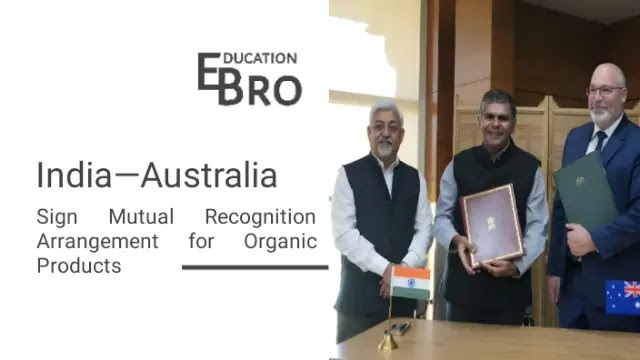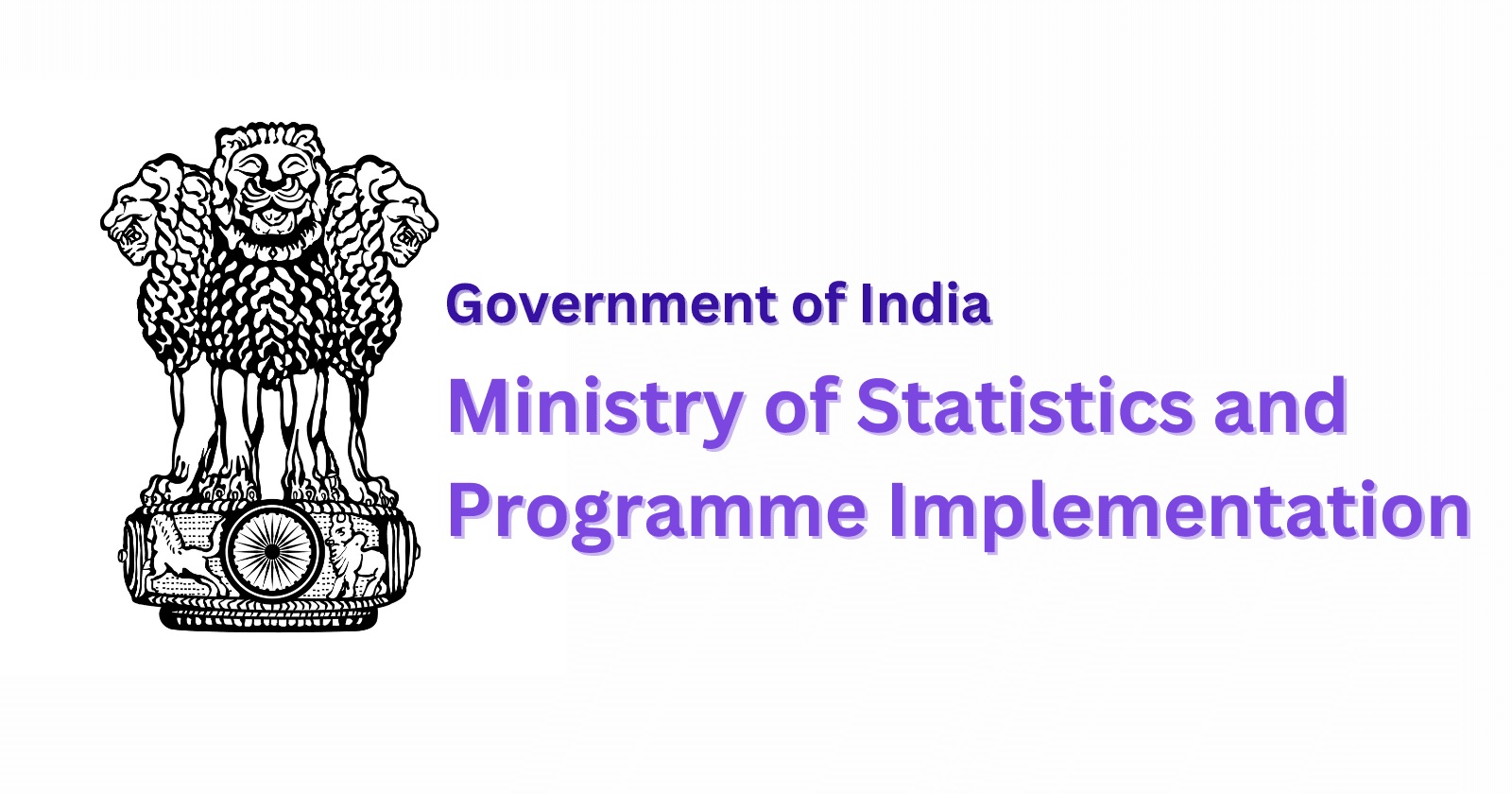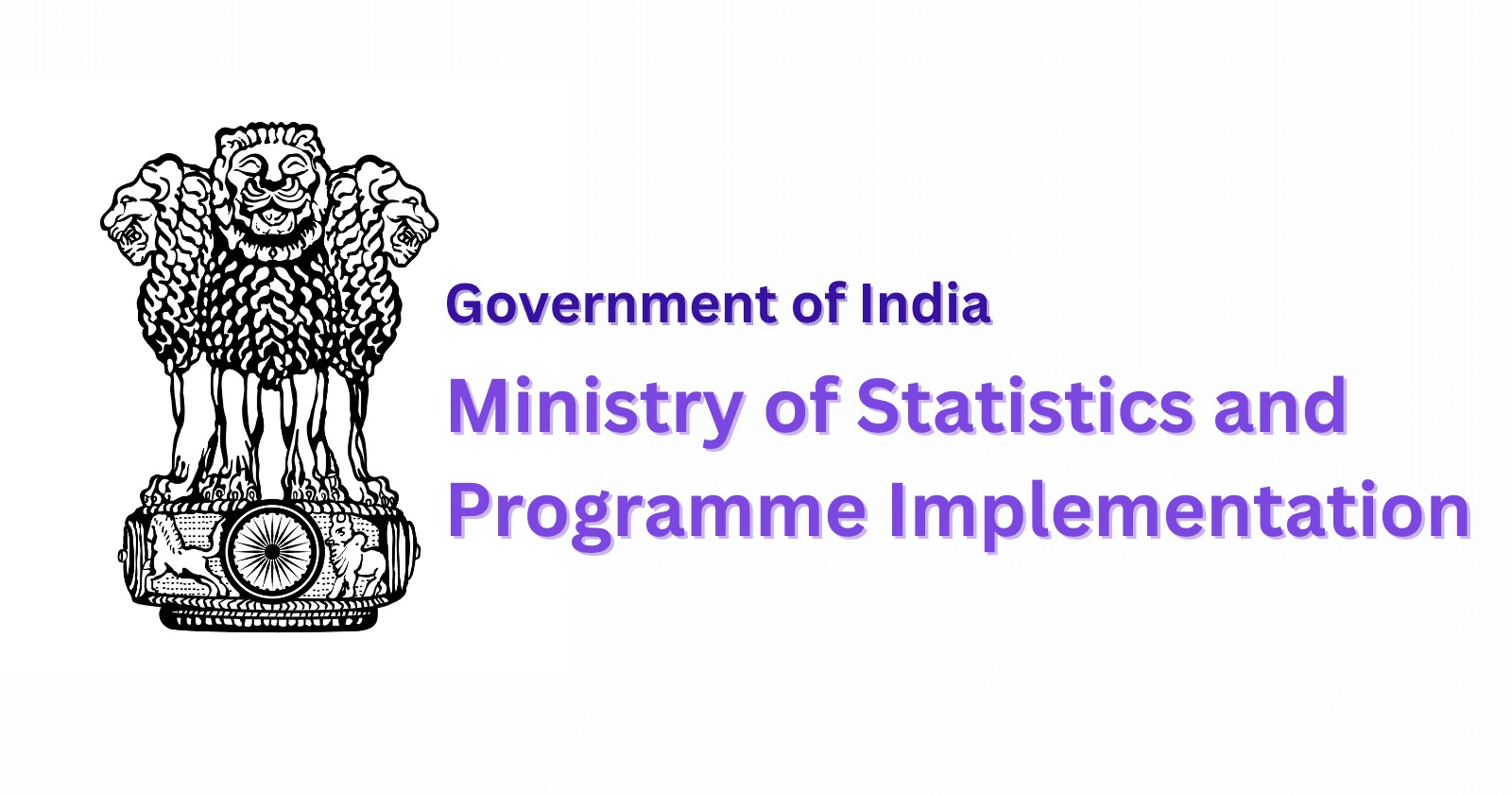In a major boost to India’s telecommunications
infrastructure, the Prime Minister inaugurated BSNL’s indigenously developed
‘Swadeshi’ 4G stack, marking the country’s entry into a select group of nations
that manufacture homegrown telecom equipment.
The core network, developed by C-DOT, with Tejas
Networks’ Radio Access Network and integration by TCS, exemplifies a major
technological breakthrough and the realization of the Government’s commitment
to Aatmanirbhar Bharat., including , built at a cost of aroundCommissioning of
97,500 new 4G mobile towers, including 92,600 sites powered by indigenous
technology, built at a cost of around ₹37,000 crore.Towers are solar-powered,
forming the largest green telecom cluster in India.The cloud-based,
future-ready network can seamlessly upgrade to 5G, placing India alongside
countries such as Denmark, Sweden, China, and South Korea in telecom
manufacturing capability.The rollout is being seen as a transformative step
under the Digital India vision, bridging the digital divide, empowering rural
communities, and laying the groundwork for BSNL’s 5G upgrade and
integration.Over 26,700 unconnected villages, including 2,472 of Odisha, in
remote, border, and left-wing extremism-affected areas will receive connection
with this launch.Launch of the 100% 4G saturation network under the Digital
Bharat Nidhi, which will connect an additional 29,000–30,000 villages in a
mission-mode project.
Features of 4G stack
¨
End-to-end indigenous
stack:The indigenous 4G stack integrates Radio Access Network (Tejas), Core
Network (C-DOT), and domestic integration, reducing foreign dependence and
boosting local capability.
¨
Software-first/ cloud
native:It is cloud-native and software-driven, enabling fast upgrades,
scalability, and smooth migration to 5G.
¨
Future proofing:The
infrastructure is 5G-ready, allowing upgrades without replacing existing
equipment, ensuring cost-effective future-proofing.
Benefits of the indigenous 4G Stack
¨
Strategic Autonomy and
Digital Sovereignty: India’s fully indigenous 4G stack gives the nation control
over its telecom infrastructure, cuts foreign dependence, and enhances national
security.
¨
Employment generation and
supply-chain development:India’s indigenous 4G stack supports local
manufacturing and deployment, creating jobs, strengthening supplier networks,
and building a skilled workforce.
¨
Catering to domestic
demand with global potential:The fully indigenous 4G stack is not only meeting
India’s internal requirements but is also designed with export potential, with
several countries having already expressed interest.
¨
Rapid development through
indigenous capability:The entire 4G architecture was indigenously built in just
22 months, a pace significantly faster than comparable nations.
¨
Realisation of the
Swadeshi principle:The deployment reflects the Swadeshi ethos, transforming an
idea into a growth engine that promotes domestic production, cultivates
indigenous skills, inspires community enterprise, and embeds economic dignity
into everyday life.
5G Rollout & Bharat 6G Vision
¨
5G services launched in
October 2022, now available in all 28 states and 8 Union Territories, covering
nearly all districts nationwide.
¨
By June 30, 2025, telecom
providers installed 4.86 lakh 5G Base Transceiver Stations (BTS) across the
country.
¨
India’s 5G rollout is
among the fastest globally, significantly expanding coverage and user access.
¨
India’s swift 5G rollout
and widespread adoption are creating a strong foundation for the Bharat 6G
Mission, positioning the country as a global leader in next-generation telecom
innovation.
¨
India released the
“Bharat 6G Vision” on March 23, 2023, aiming to make the country a leading
player in 6G design, development, and deployment by 2030, guided by
affordability, sustainability, and universality.
Uses of 5G
¨
Agriculture: This enables
precision farming using IoT sensors, drones, and AI for better productivity and
resource use.
¨
Healthcare: It supports
telemedicine, remote diagnostics, and real-time health monitoring, improving
rural healthcare access.
¨
Manufacturing &
Industry 4.0: It facilitates automation, robotics, and smart factories with
reliable, low-latency connectivity.
¨
Smart Cities: This powers
intelligent traffic management, energy-efficient infrastructure, safety, and
environmental monitoring.
¨
Automotive &
Transport: It enables connected/autonomous vehicles, real-time traffic updates,
and safer roads.
¨
Entertainment &
Media: It provides high-definition streaming, immersive gaming, and interactive
media experiences.




